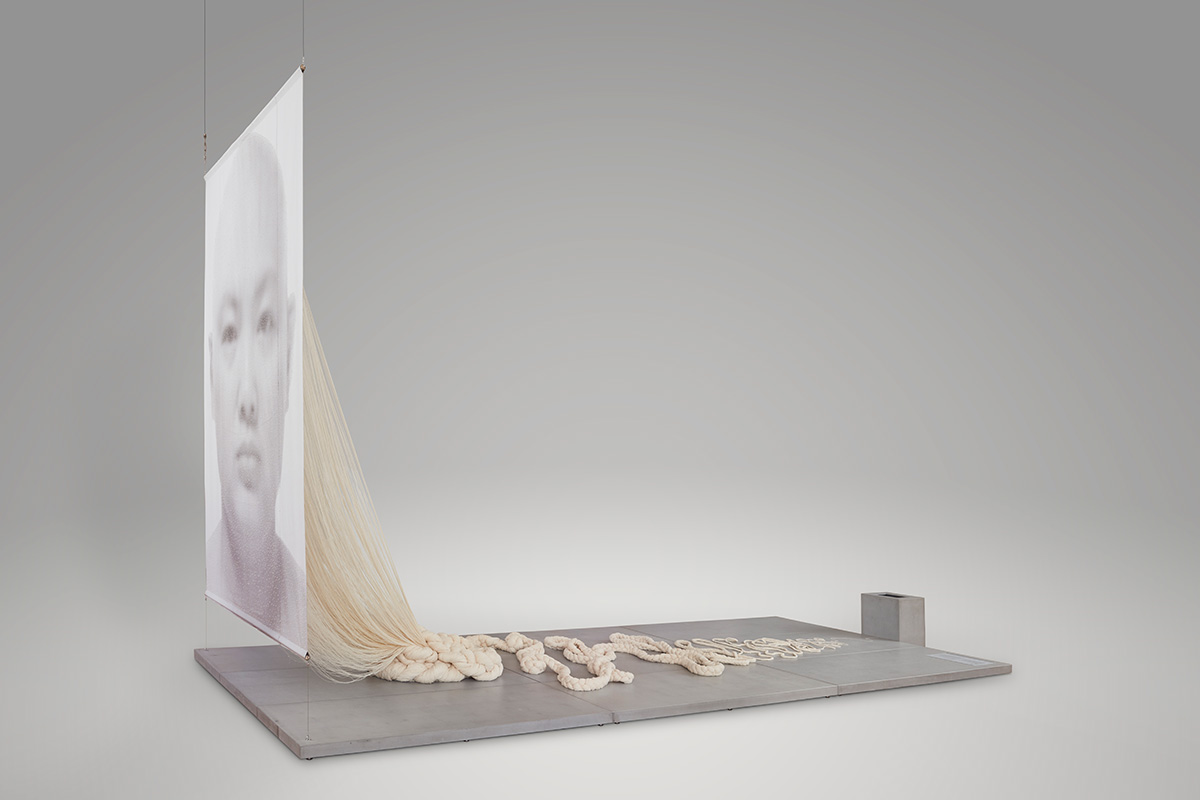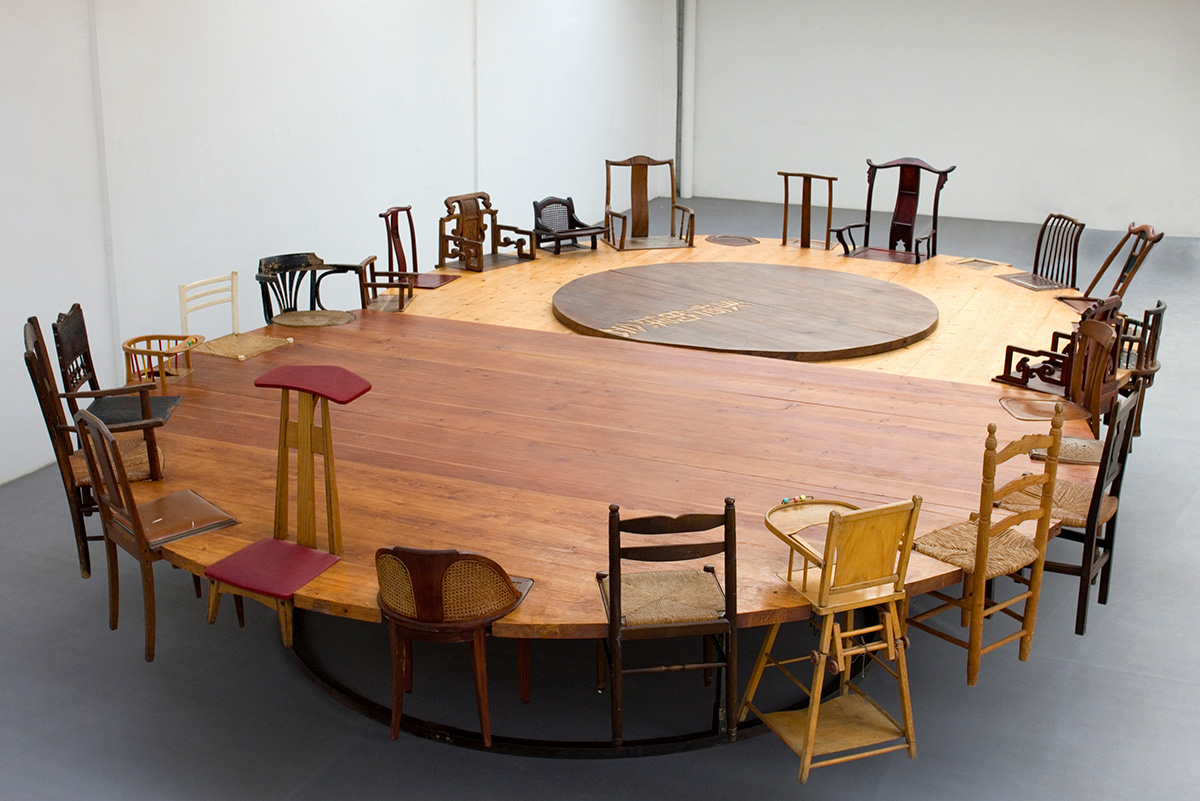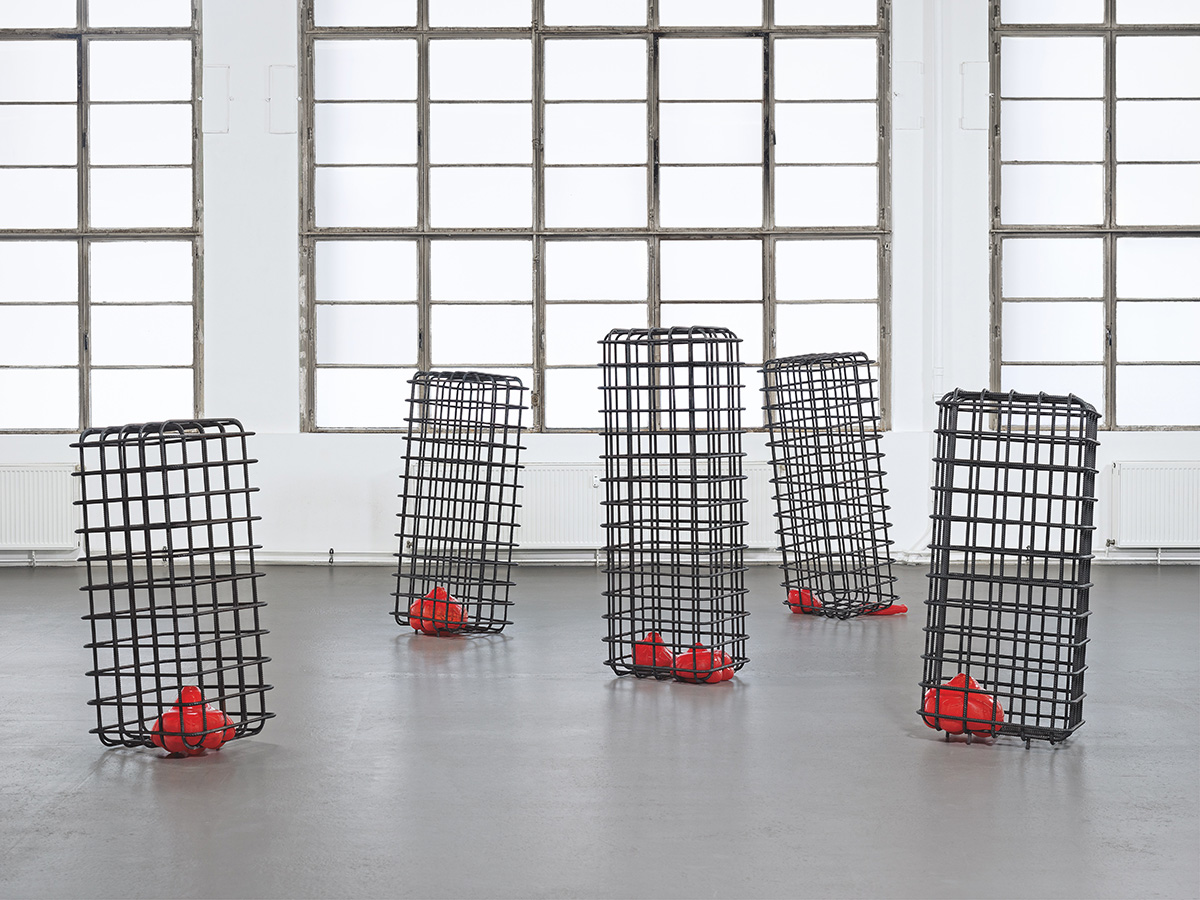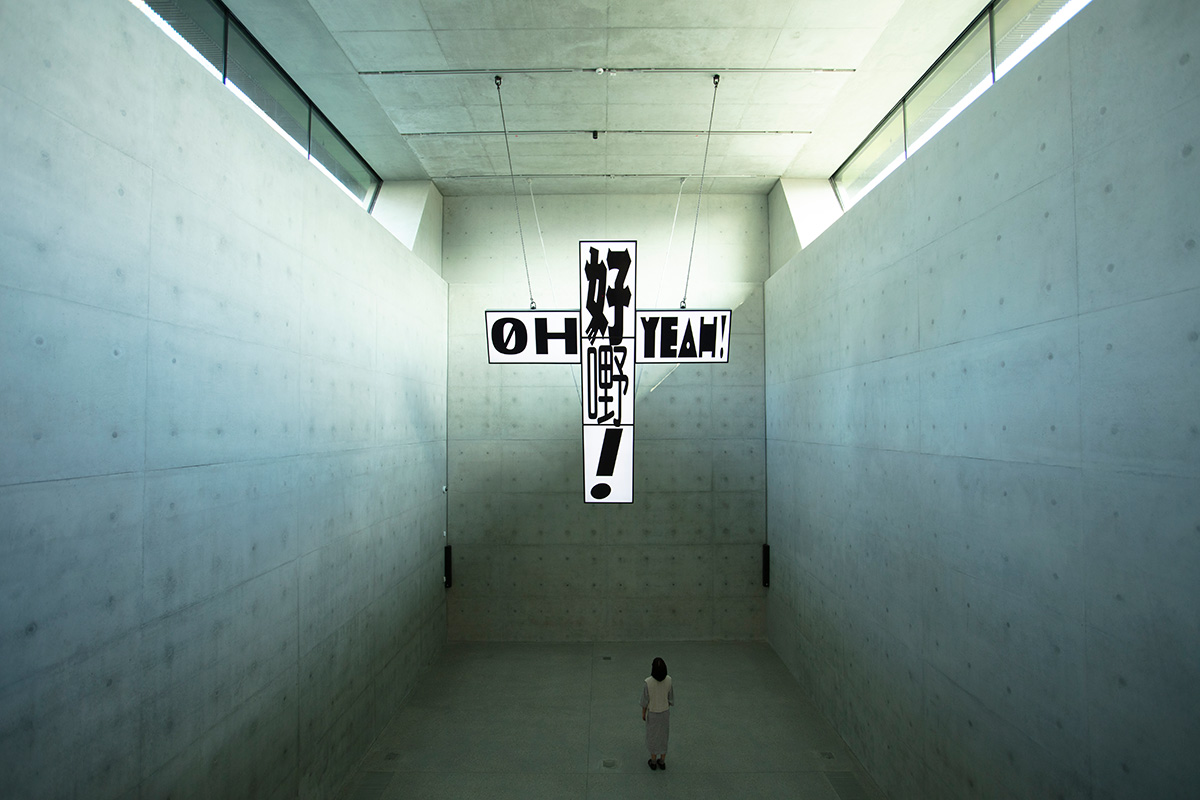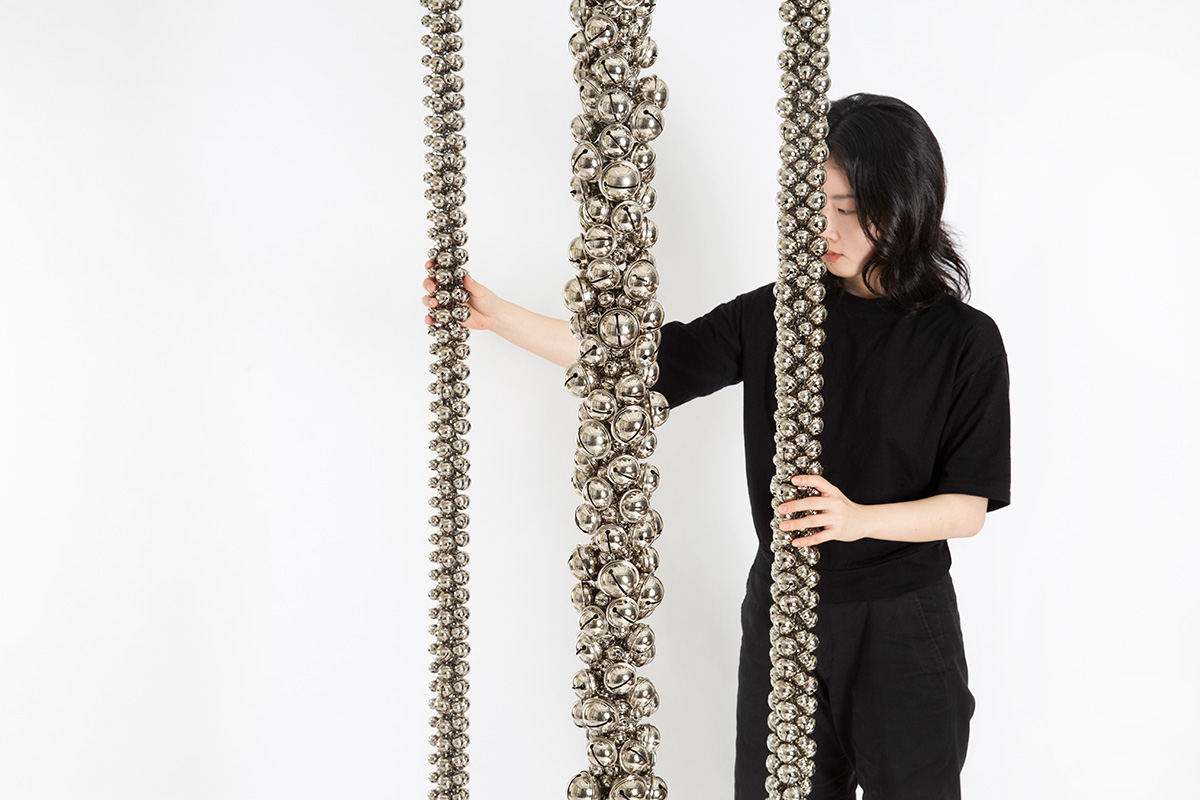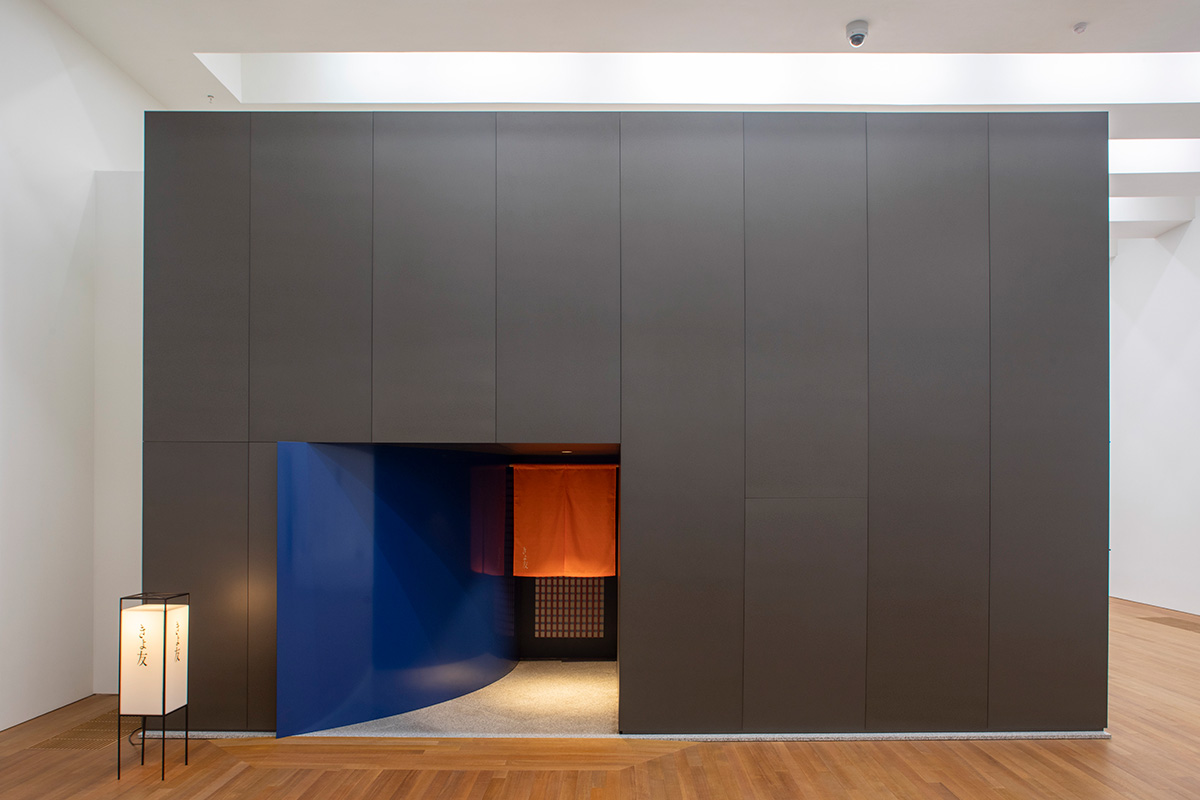PRESENTATION:M+ Museum Opening, Part II
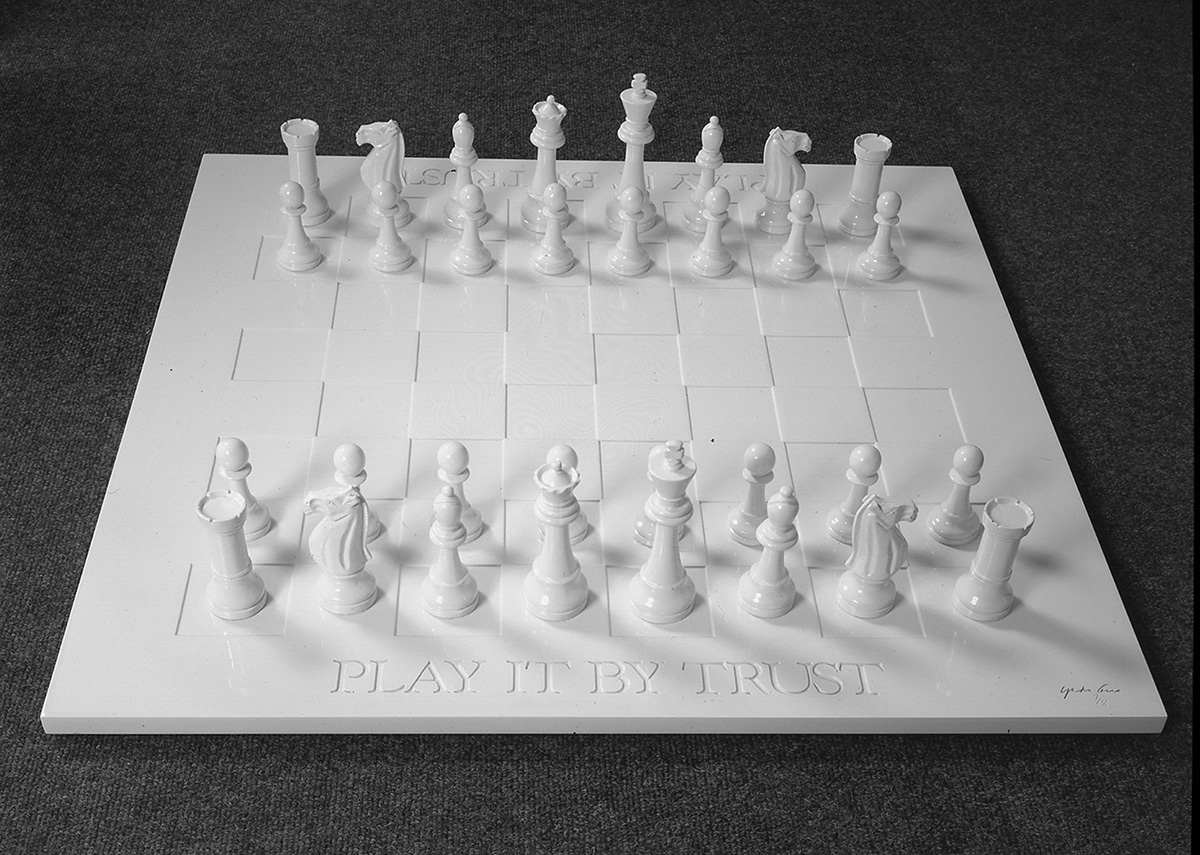 Hong Kong’s M+ Museum, Asia’s first institution dedicated to 20th- and 21st-century visual culture, officially opened its doors to the public. First proposed 14 years ago as a centerpiece for the development of the West Kowloon Cultural District, the museum has come a long way. An initial price tag of $760 million and a target opening date of 2017 were repeatedly revised due to delays in construction, a management reshuffle, and a ballooning bill, which was footed by taxpayers (Part I).
Hong Kong’s M+ Museum, Asia’s first institution dedicated to 20th- and 21st-century visual culture, officially opened its doors to the public. First proposed 14 years ago as a centerpiece for the development of the West Kowloon Cultural District, the museum has come a long way. An initial price tag of $760 million and a target opening date of 2017 were repeatedly revised due to delays in construction, a management reshuffle, and a ballooning bill, which was footed by taxpayers (Part I).
By Dimitris Lempesis
Photo M+ Museum Archive
Designed by a global team of the world-renowned architecture practice Herzog & de Meuron in partnership with TFP Farrells and Arup, the 65,000-square-metre M+ building is among Hong Kong’s most iconic landmarks, both monumental in its architectural form and radically open in its position in the urban landscape. Located on the Victoria Harbour waterfront, the architecture consists of a striking terracotta tile-clad tower, featuring a dynamic LED media system on the south facade for the display of M+ content, defining the museum’s place within the urban landscape and contributing to the city’s vibrant night-time environment. The opening displays feature M+’s pre-eminent collections of visual art, design and architecture, and moving image from Hong Kong, Greater China, Asia, and beyond. The presentations showcase approximately 1,500 works across thirty-three galleries and other spaces in the museum. To inaugurate the new galleries, six exhibitions invite visitors to explore the overarching multidisciplinary, and interregional themes and narratives at the heart of the collections, which M+ has been building since 2012.
Hong Kong: Here and Beyond: told through individual and collective histories, the exhibition captures the city’s transformation from the post-war decades to the present day. Home to ground-breaking artists, architects, designers, and filmmakers, Hong Kong is a site of intense creative ferment and social and cultural transformation. Divided into four chapters (Here, Identities, Places, and Beyond) the exhibition presents the visual culture of Hong Kong through multiple and intersecting perspectives, mirroring the dynamism of the city itself.
M+ Sigg Collection: From Revolution to Globalisation: surveys the cultural dynamism of contemporary China from the early 1970s to the present. China’s open-door policy of 1978 began an era of profound social and economic change. Cities across the country grew into global commercial centres affecting the everyday lives of millions of people. Amid China’s rise on the world stage, artists sought to engage in international conversations about art with their contemporaries. Challenging traditional ideas and art practices, they staged their own exhibitions and experimented with new mediums and unconventional styles. The exhibition looks at how international audiences have come to understand China today and captures the bold generation of artists who defined the contemporary Chinese experience.
Antony Gormley: Asian Field: In 2003, Antony Gormley invited around 300 people of all ages from Xiangshan village (now Huadong Town in Guangzhou city) to make approximately 200,000 clay figurines over five days. There were three simple instructions: each figurine had to be hand-sized, capable of standing up, and have two eyes. Otherwise, each maker was free to improvise. As an installation, Asian Field is meant to be experienced from a single point of view. As you gaze across a sea of figures, they appear to look back. This installation belongs to “Field”, a series that Gormley began in 1989. Other versions of “Field” have been produced in Australia, North and South America, the United Kingdom, and Europe. In each location, the artist uses locally sourced clay and enlists local communities to mould the figures by hand. By far the biggest and most ambitious work in the series, Asian Field reflects China’s vast territory and large population. This presentation also features the work of photographer Zhang Hai’er, who captured and documented the making of Asian Field. Zhang paired each maker and one of their works in a series of photo portraits. The portrait subjects stared intently at the camera, allowing us to imagine how their character and attitude might be transferred into the figures they created.
The Dream of the Museum: In the 1960s, Conceptual Art was born. Rather than objects or images, this kind of art is about ideas. Two ideas, in particular, have been important to the development of Conceptual Art since its earliest days: that chance can play a determining role in the creative process and that everyday, found objects can become works of art through deliberate intervention. The Dream of the Museum expands the concept of found objects to show how artists use cultures as source material to update tradition. It begins with four pioneers: Marcel Duchamp, John Cage, Yoko Ono, and Nam June Paik and brings together twenty-seven artists from across geographies and generations who explore chance and found objects. Like these artists, the exhibition reimagines the museum and its collection as a treasure box that allows us to discover the world in new ways.
Individuals, Networks, Expressions: The artists and artworks presented in the exhibition form a complex web of connections. Together, they create a story of visual art that unfolds across time and intertwines individual and shared experiences. At the centre of this web is Asia, a geographic designation and a broad cultural space that informs a spectrum of identities, histories, and perspectives. The artists featured in this exhibition make use of a vast array of techniques, materials, formats, and methods to reflect on their cultural or social contexts or on larger shifts in the geopolitical world order.
Things, Spaces, Interactions: Design and architecture define the things we use, create the spaces we inhabit, and ultimately inform the way we see and live in the world. The exhibition presents more than five hundred examples of furniture, architecture, graphic arts, and other design objects that have had a profound influence in Asia and across the globe over the last seventy years. Design moves across borders and is shaped by transnational exchange. This exhibition reveals the larger forces at play in this region, including social and economic change in a global context, and shows how design and architecture give us a window onto questions that are deeply relevant to our lives today.
Photo: Yoko Ono, Play it By Trust, 1966/1986–1987, lacquered enamel paint over bronze and magnesium, Overall: 17.1 Χ 76.2 Χ 76.2 cm, © Yoko Ono, Courtesy of the artist
Info: M+, West Kowloon Cultural District, 38 Museum Drive, Kowloon, Hong Kong, Duration: 1: Hong Kong: Here and Beyond (12/11/2021-27/11/2022), 2: M+ Sigg Collection: From Revolution to Globalisation (12/11/2021-7/10/2022), 3: Antony Gormley: Asian Field (12/11/2021-3/7/20222), 4: The Dream of the Museum (12/11/2021-18/9/2022), 5: Individuals, Networks, Expressions (12/11/2021-5/2/2023), 6: Things, Spaces, Interactions (12/11/2021-21/5/2023), Days & Hours: Tue-Thu & Sat-Sun 10:00-18:00, Fri 10:00-22:00, www.mplus.org.hk
